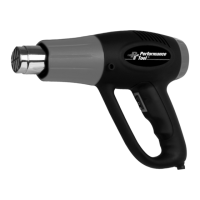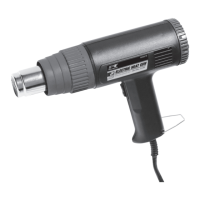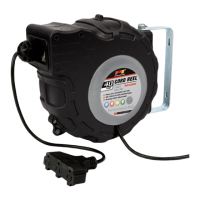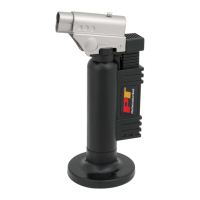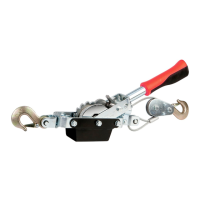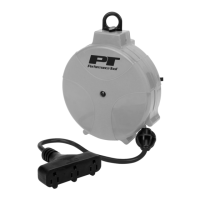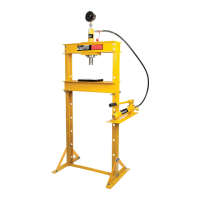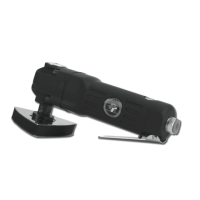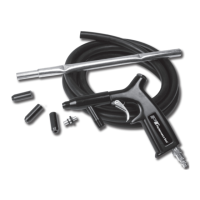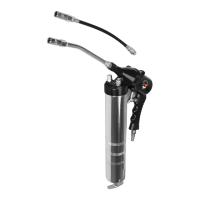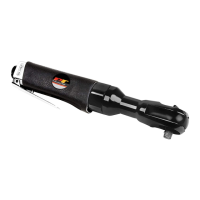WARNING: Always read instructions carefully prior to use. Recommended for use with the following fluids: ·
Engine oil · Gear oil · Transmission fluid · Power steering fluid · Automotive radiator coolant. NOT suitable for fuels
or brake fluid.
WARNING: Never use with gasoline or other flammable liquids!
CAUTION: Maximum temperature of fluids should not exceed 100° Fahrenheit (37.7° Celsius). Going above this
temperature may distort the plastic reservoir. To prevent damage to the pump use the shut-off function to prevent
overfilling the fluid reservoir. As the extracted fluid nears the top of the reservoir interrupt the flow of the fluid by
closing the cap valve.
WARNING: In some applications, the job may require jacking or lifting the vehicle. Use appropriate safety stands
and wheel chocks to avoid serious or fatal injury.
GENERAL SAFETY RULES
2
A quick and efficient way to extract oil product from most fuel powered vehicles and equipment without mess.
Works well with cars, trucks, motorcycles, marine, lawn equipment, shop equipment, just about anything that has
non-flammable fluids in a holding reservoir. Always read instructions carefully prior to use. Recommended for use
with the following fluids: · Engine oil · Gear oil · Transmission fluid · Power steering fluid · Automotive radiator
coolant.
NOT SUITABLE for fuels or brake fluid.
OPERATION INSTRUCTIONS
1. Operate the vehicle briefly to warm the engine oil, no need to reach normal operating temperature.
2. Properly park the vehicle on level ground and turn the engine off.
Do not overfill the holding tank.
3. Remove dipstick from engine, straighten the narrow white colored suction hose and measure the length of the
dipstick against the suction probe. We recommend you mark this length with a pen. Slowly insert the marked
suction probe into the dipstick fill hole. Continue until it reaches the bottom of the oil pan. When you reach you
mark on the probe then insert it carefully another 1 to 3 inches until you feel it “bump” into the oil pan. Stop
inserting, do not insert the suction probe more than 3 inches beyond dipstick length. Going beyond will flex the
suction probe causing it to get stuck and restrict its removal. In some cases there won’t be a dip stick tube
available, such as a lawn mower or other small engines. In such cases use the oil filler plug to drain from.
Remove the oil filler plug. Slowly insert the suction probe avoiding obstacles to reach the bottom of the crankcase.
4. Extract the used engine oil by pumping the evacuator handle several times to create a vacuum. Once the oil
begins to flow into the reservoir, continue to operate the pump if necessary until all oil has been drained, or the
reservoir is full. Once the flow begins, gravity may draw the used oil out if the evacuator is lower than the souce.
NOTE: Due to varying engine fluid capacities, if the crankcase capacity exceeds 8 Quarts/7.5 liters, it may be
necessary to empty the fluid reservoir before resuming the extraction process.
5. If the reservoir needs to be emptied prior to finishing the job. Draw the dipstick tube out of the engine dipstick
tube just enough to ensure it’s out of the crankcase oil. To avoid spills the valve cap should be left open until
the fluid in the tube either goes into the evacuator or back down the dipstick hole. Once completely drained
remove the cap valve and empty the reservoir into a suitable container. Dispense the waste fluid in accordance
with
your local state regulations.
6. During the extraction process if you hear a suction sounds and see bubbles in the hose, move the hose slowly
up and down just a bit to ensure complete and efficient oil removal. If vacuum was interrupted, pump a few
more times to reinitiate the flow and continue vacuuming oil.
7. Refill the engine with new oil in accordance with a proper vehicle maintenance guide.
8. When completed rinse the evacuator reservoir, adapter, and tubes with water based solvent or engine
degreaser, never with fuel or flammable liquids. Allow all to dry thoroughly.
NOTE: Due to varying engine fluid capacities, if the crankcase capacity exceeds 8 Quarts/7.5 liters, it may be
necessary to empty the fluid reservoir before resuming the extraction process.
EXTRACTING OIL FROM AN ENGINE
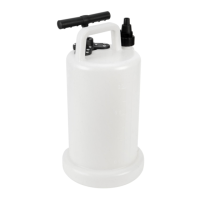
